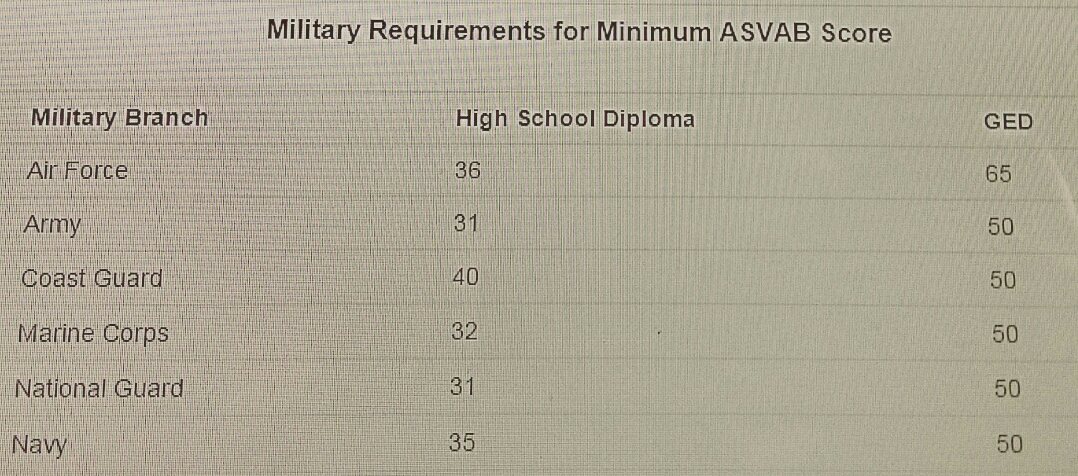

Use of heat index is a less desirable substitute. Workplace environmental heat should be measured on-site using WBGT meters. All these factors can influence the total heat stress experienced by workers. Air (dry bulb) temperature also ignore relative humidity. The heat index does not account for the effects of wind, sunlight, radiant heat sources, or workload. It is measured in the shade and combines air temperature and relative humidity to represent how hot the conditions feel at rest. Heat Index is another common way to measure heat stress. In contrast, standard thermometers only assess one factor (air temperature). One major advantage is that WBGT accounts for all four major environmental heat factors - temperature, humidity, radiant heat, and wind. WBGT has important advantages over other environmental heat measurements. Employers should always follow the WBGT manufacturer's instructions about setup, calibration, and use. For example, if the work is in direct sunlight, then the WBGT instrument should be in the sun. The WBGT instrument should be placed close to the work location. A black globe thermometer to measure radiant heat.A natural wet bulb thermometer to measure the potential for evaporative cooling.A dry bulb thermometer to measure the ambient air temperature.WBGT devices contain three different thermometers: OSHA recommends the use of wet bulb globe temperature (WBGT) monitor to measure workplace environmental heat. In most situations, wind helps workers cool off.Īn environmental heat assessment should account for all of these factors. Radiant heat from sunlight or artificial heat sources such as furnaces.High relative humidity makes it difficult for the body to cool itself through sweating. Four factors contribute to heat stress in workers: Environmental HeatĮnvironmental heat is more than just temperature. Sports physiologists recognize that heat-related illness may occur, surprisingly, at low to moderate temperatures, including below 65☏ when workload is very heavy (Armstrong 2007). Remember: Physical labor increases the heat experienced by workers. They should know that workers may experience heat stress at temperatures much lower than public heat advisories. Employers should be aware of any heat advisories from the National Weather Service. This step allows employers to determine if the work conditions are too hot. To determine workers' total heat stress, employers must assess both of the above heat sources.Įmployers should compare the total heat stress to published occupational heat guidance. Metabolic heat, generated by the body, is related to workload (physical activity).Environmental heat is produced by warm or hot surroundings.Two heat sources contribute to the risk of heat-related illness. Heat-related illness prevention starts by determining if a heat hazard is present in the workplace. You should consider the above factors when evaluating heat stress risk to workers. Common values given for categories of work are included in the table on Workload. Workload considerations are described at length in the OSHA Technical Manual. Use of clothing or protective gear that can reduce the body’s ability to lose excess heat.

#Army aim score professional#
Technical Courses with Professional Education Center.MOS related credentialing through Credentialing Opportunities In-Line (COOL).Field-Level Maintenance New Equipment Training (FMLMNET).United Service Military Apprenticeship Program (USMAP).GCSS-Army Operator and Managers Courses.Certifications through National Institute for Automotive Service Excellence (ASE) (Military Tactical Wheeled Vehicle (TWV), Medium/Heavy Truck systems, and Light/Automotive series).PSDIs: S2B Stryker Master Diagnostician, MT1 M1A2SEPv3, A1J AMPV


 0 kommentar(er)
0 kommentar(er)
